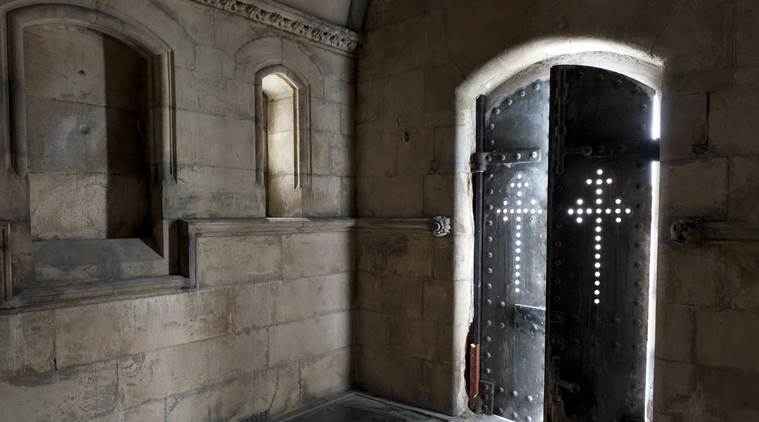
Have you seen Ireland’s Taj Mahal yet?” A bartender at Oarsman Bar in Carrick-on-Shannon in Country Leitrim, in the Republic of Ireland asks the minute he learns I’m visiting from India. By now, we have been privy to Irish humour and assume that he is joking, but it turns out that this sleepy town on river Shannon, does have a love story similar to that of Shah Jahan and Mumtaz Mahal.
After a night of Irish dancing and tall orders of beer and chowder, we set out on foot to explore the tiny town early next morning. Boats bob on the river, and a thin wind drapes our skin. The town, peppered with boutique shops, cafés and art centres, is known for converting its finest buildings into cultural centres. A signpost trail covers 31 sites along the streets and we walk the snaking lanes, stopping at the old jail, now a theatre centre and The Courthouse, now an art gallery and theatre. The prettiest in town is the Hatley Manor, a Georgian mansion. On this ground, too, the owner is buried in a Victorian-Classical mausoleum erected by his wife.
We cross the site, The Costello Memorial Chapel, twice, for it is the smallest chapel of Ireland. It is right across the Market Yard, where locals are setting up food stalls for Saturday Market. A tiny structure, with the towering Town Clock in the backdrop, the entrance gate is manned by two stone-cut pillars. The front gable of the building on either side of the door has a raised monogram with the letters B.M.C. and the Costello arms with the motto: Ne te quaesiveris extra (Do not seek for things outside of yourself). The chapel stands on the ground that was the old courthouse.
The gates open and potted red and yellow flowers in a courtyard come into view. We step in and a tiled ramp with a glass railing has the two coffins placed inside the ground with a transparent covering on either side. A glass painting of Mary and baby Jesus adorns the front wall and the floor and roof are lined in Bath Stone. In the same way that Mughal emperor Shah Jahan built the Taj Mahal in Agra for his queen in 1631, a farmer from Dromore, Edward Costello, erected Costello Memorial Chapel for his wife Mary Josephine after she died aged 46 in 1877. Costello was widely known as a man of great kindness and charity and was partly responsible for bringing the Marist order of nuns to the town. Unlike the gigantic presence of the Taj, this chapel, 16×12 ft wide, is the second smallest chapel in the world. The smallest (16×15.27 ft) is in Britain at Upleathan in Middlesborough, just 78 sq. ft larger than the one at Carrick. The structure, dedicated on April 22, 1879, was a monument to Costello’s love and the last resting place for his wife and himself. The inscriptions on both coffins can be read with the aid of a torch. While mass was celebrated on every first Friday, after Costello’s death, no religious service has taken place in it. “We Irish folk are die-hard romantics,” an old man, who has come with his wife, tells us as we stand in silence. We walk out on a clear day, but the image of the couple together in death as in life lingers on our mind.
Phorum Dalal is a Mumbai-based writer.